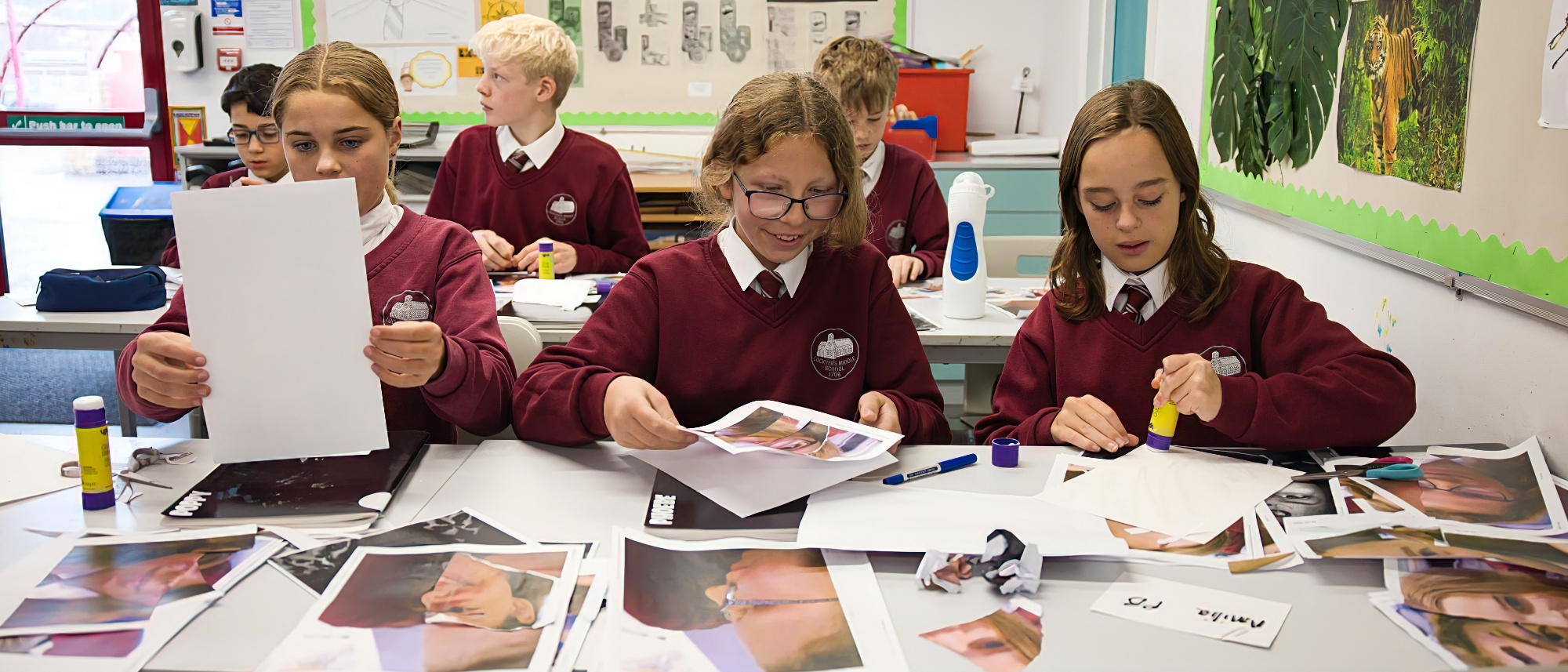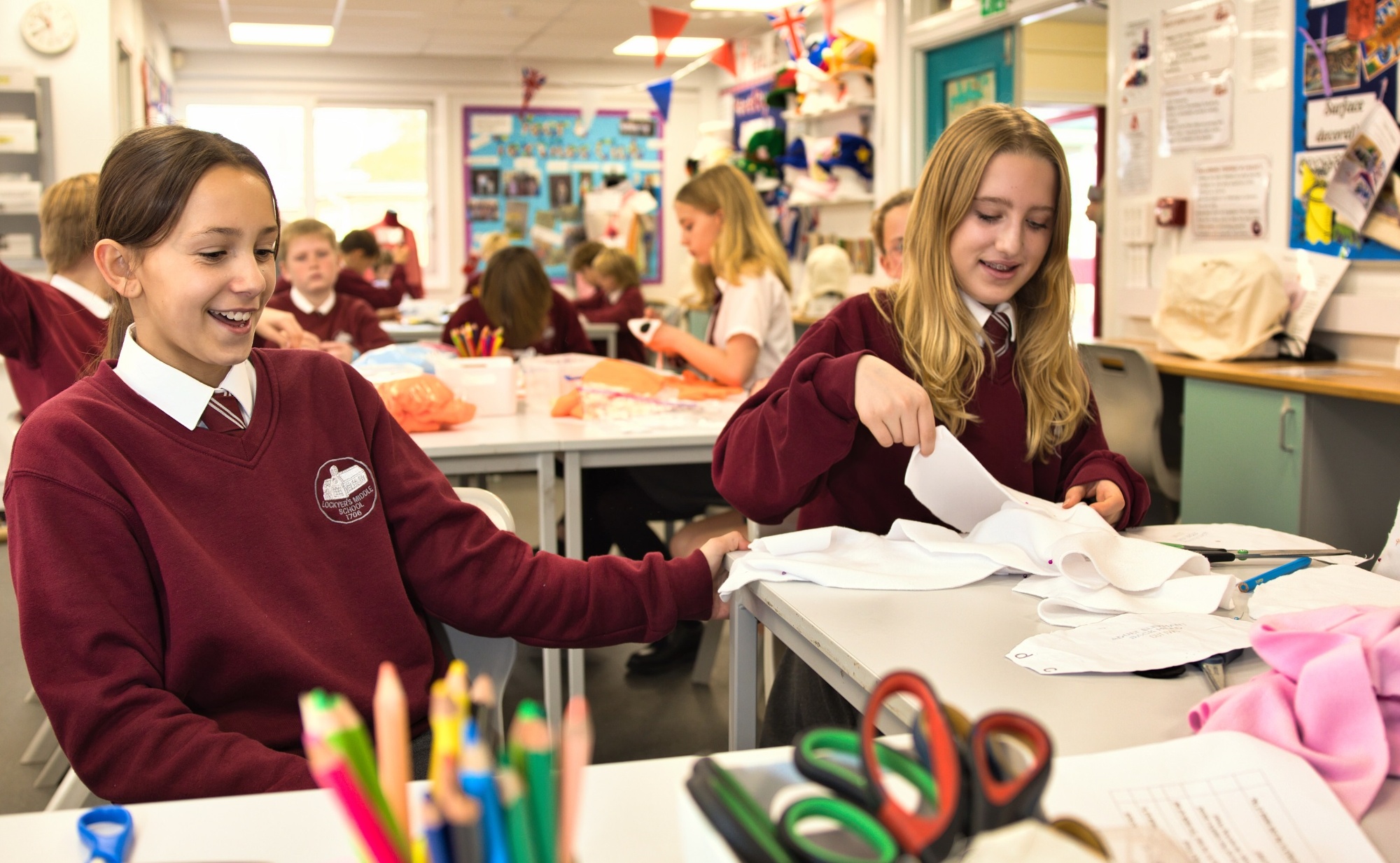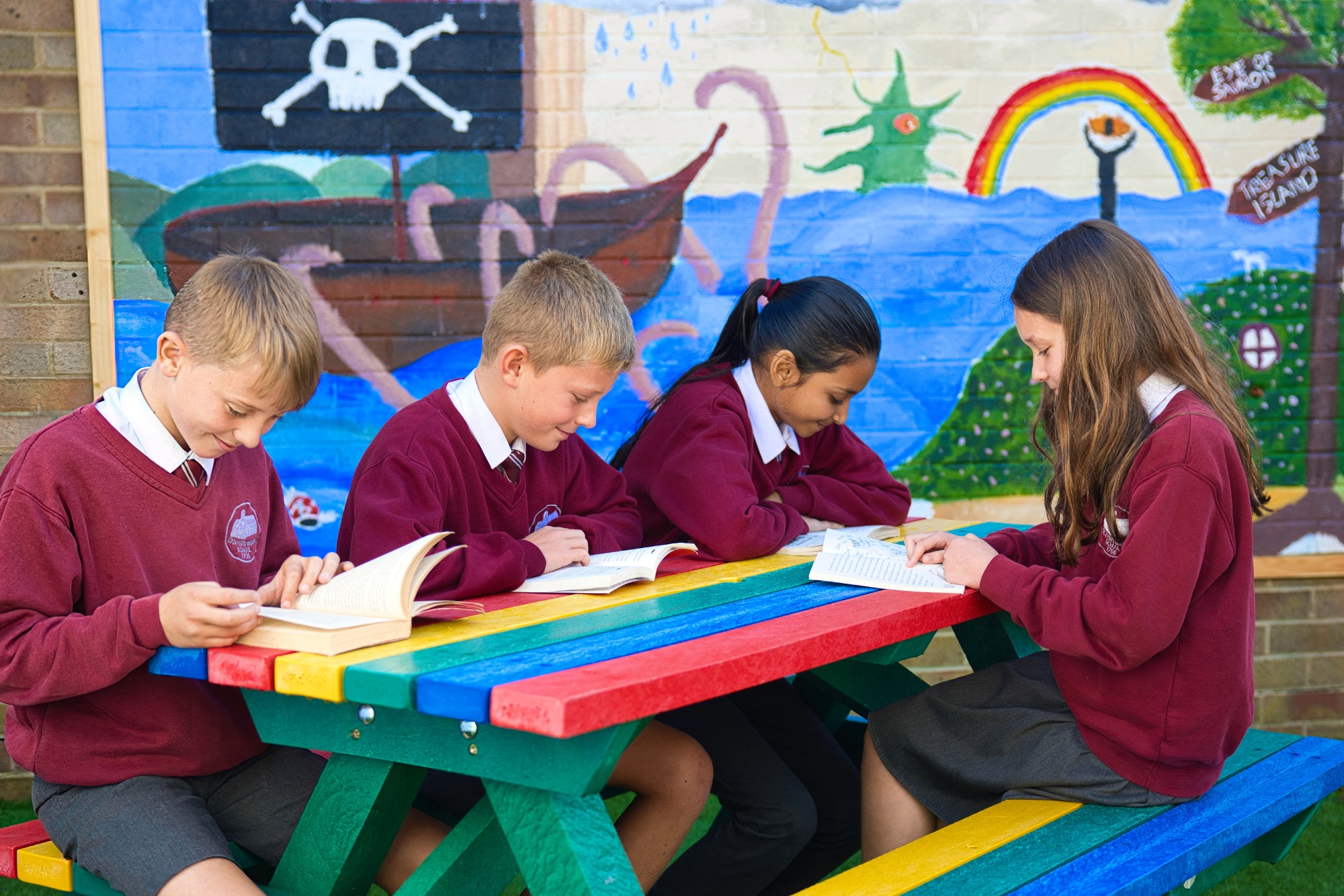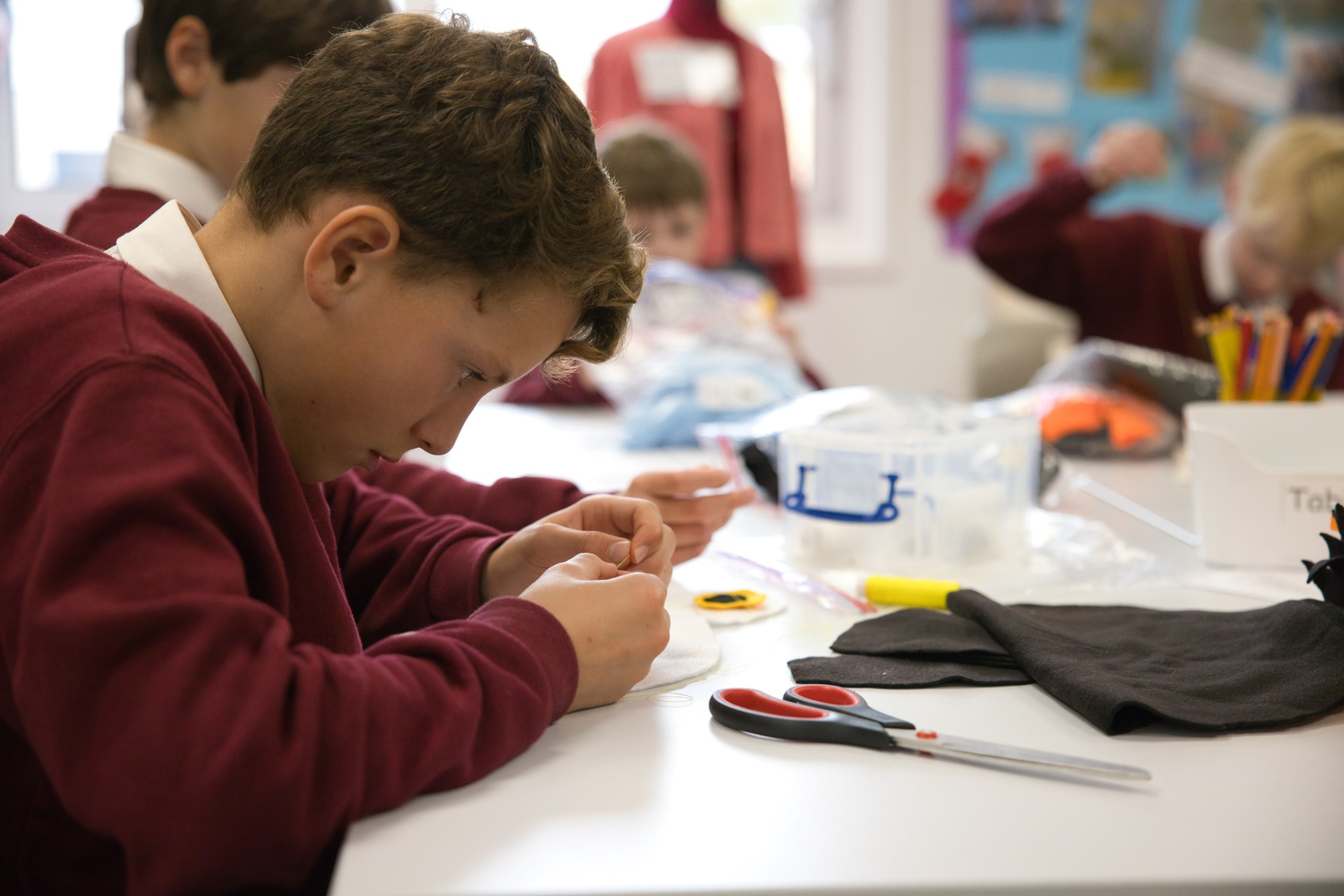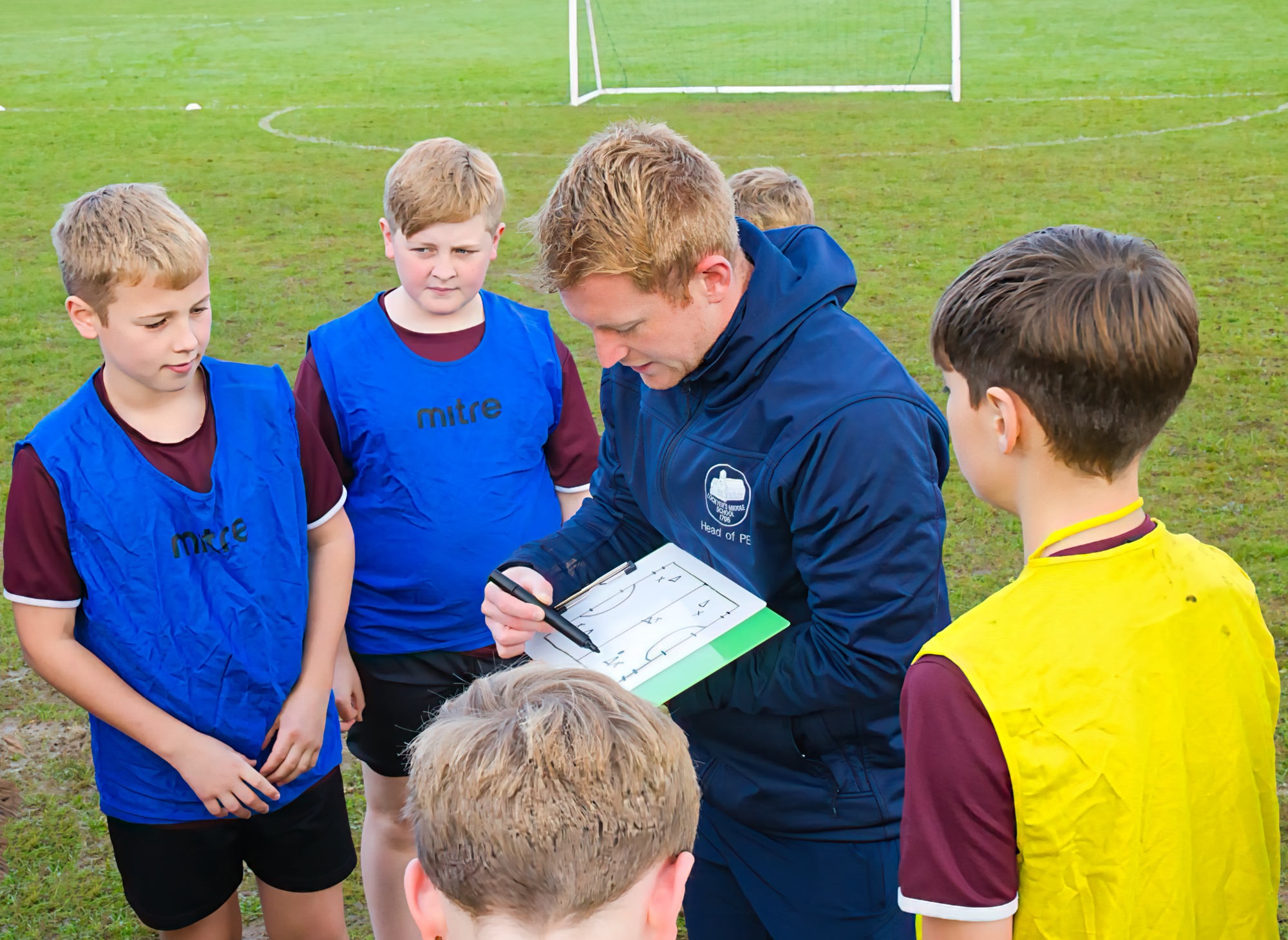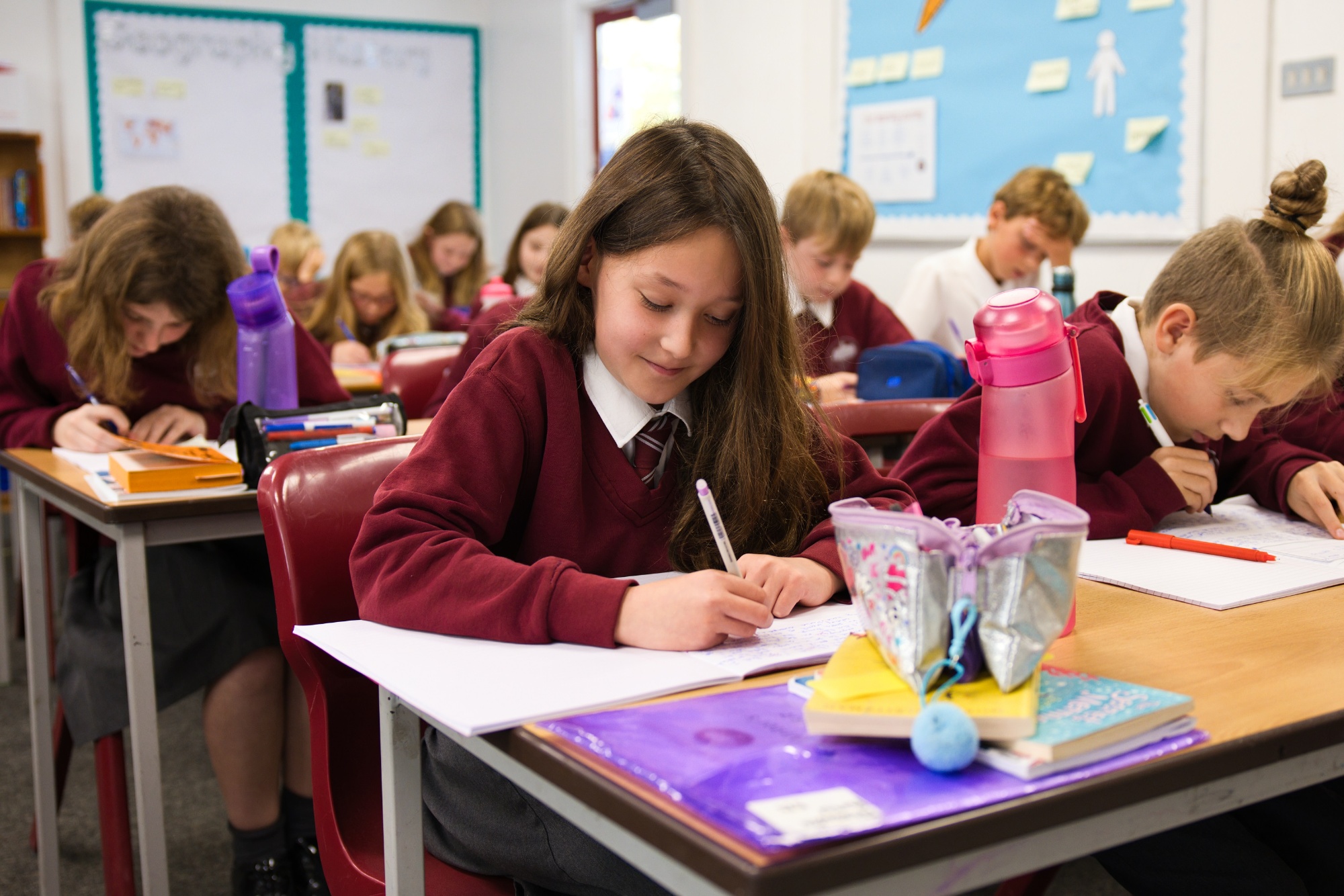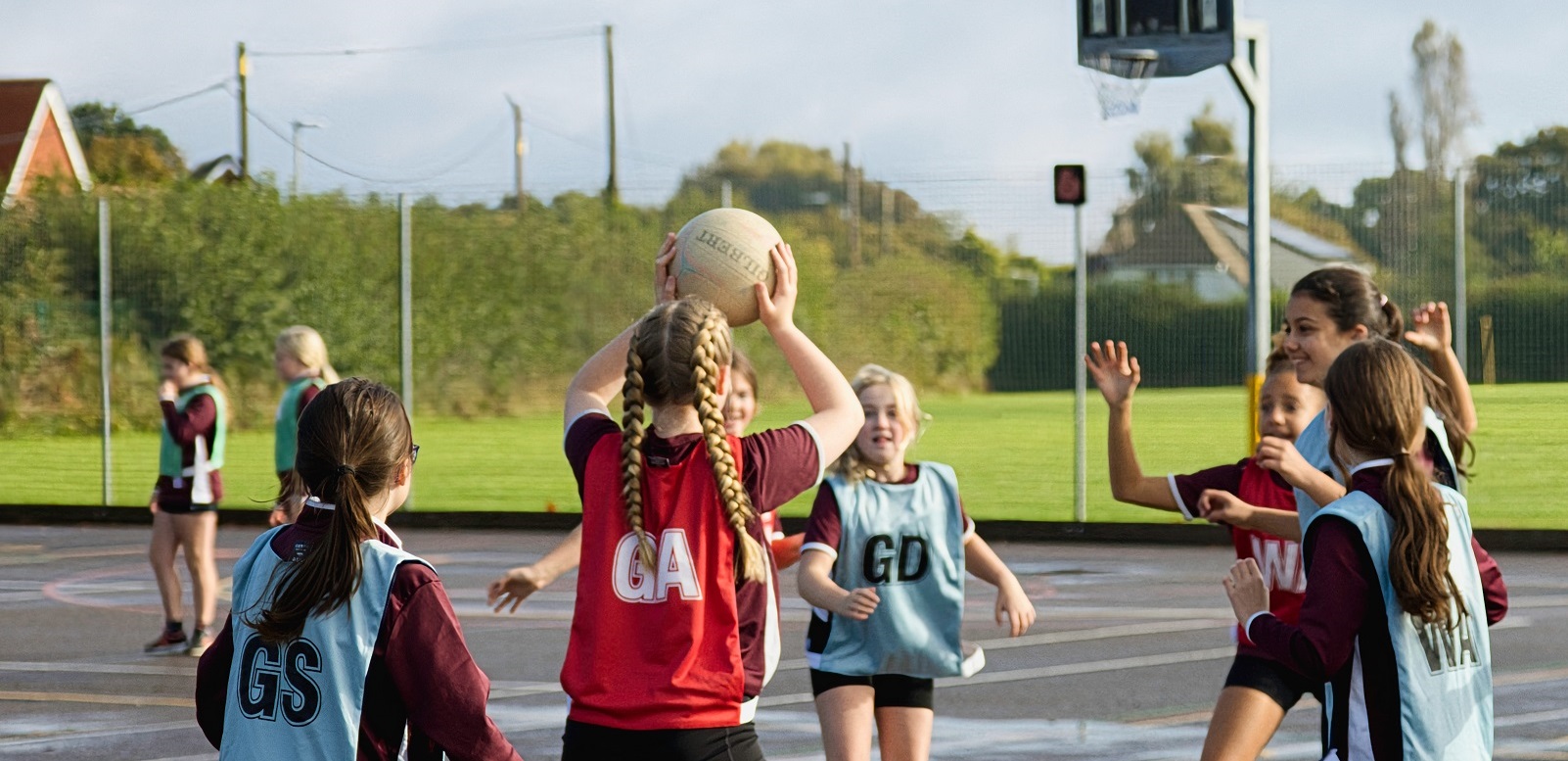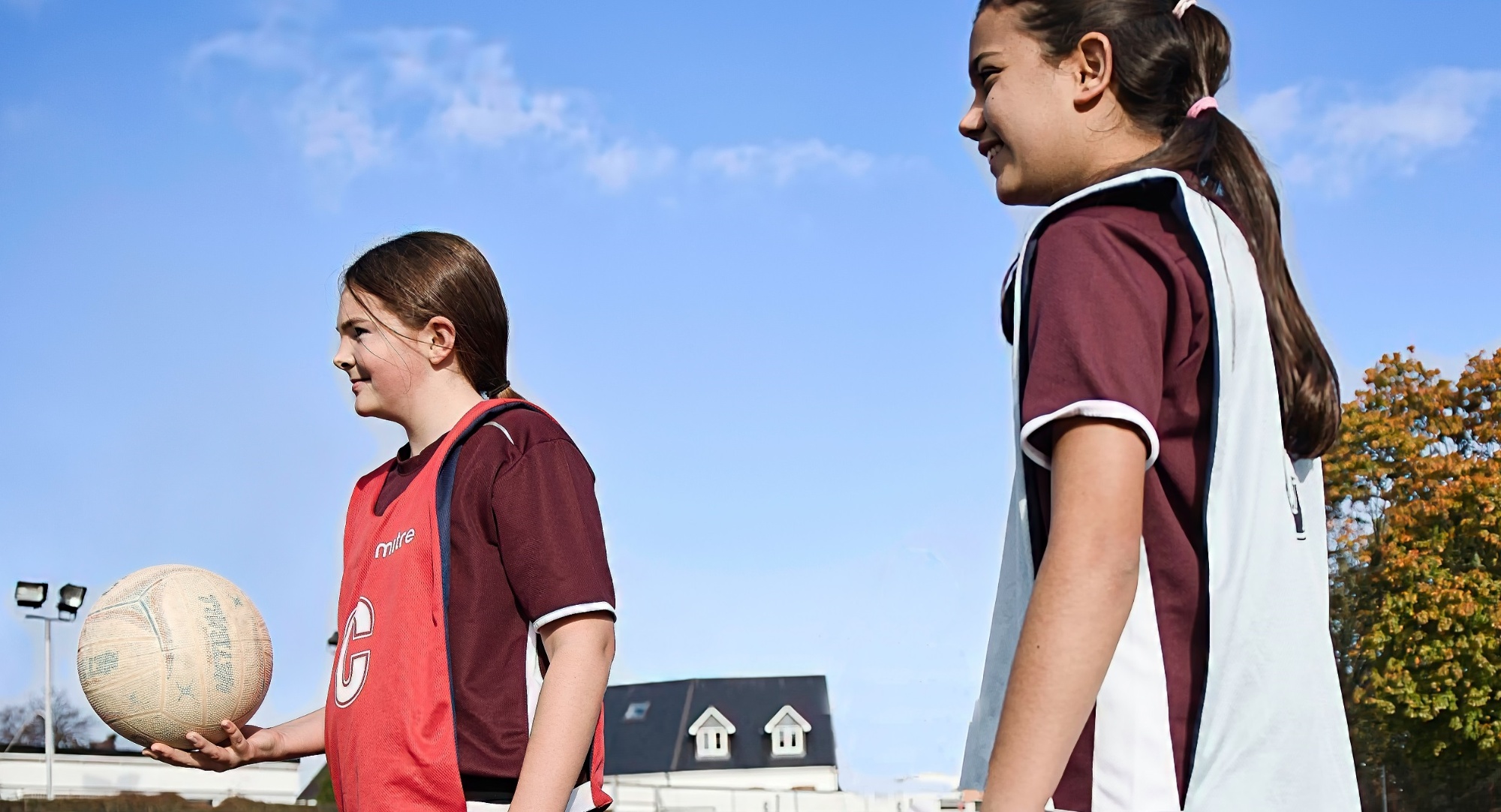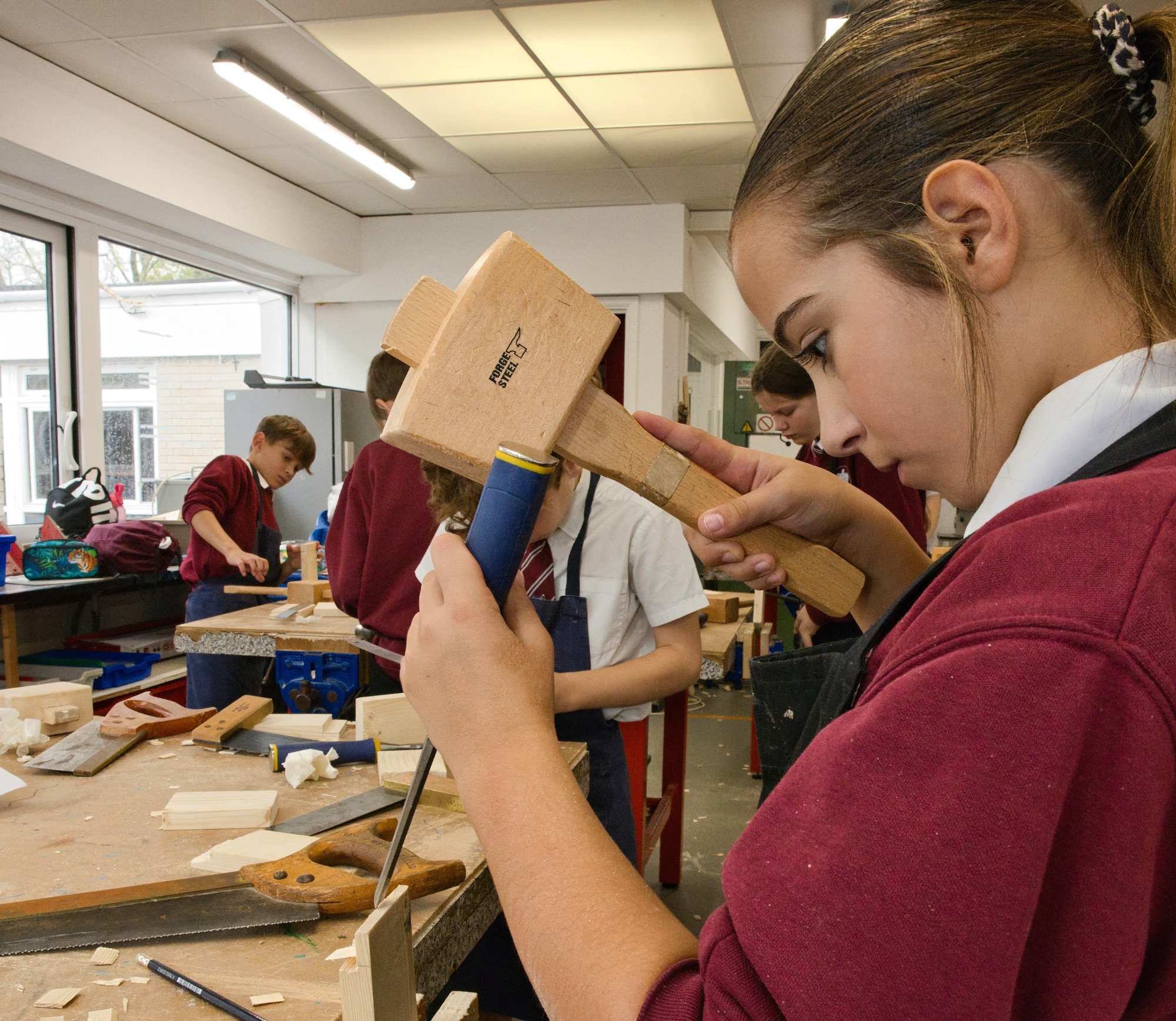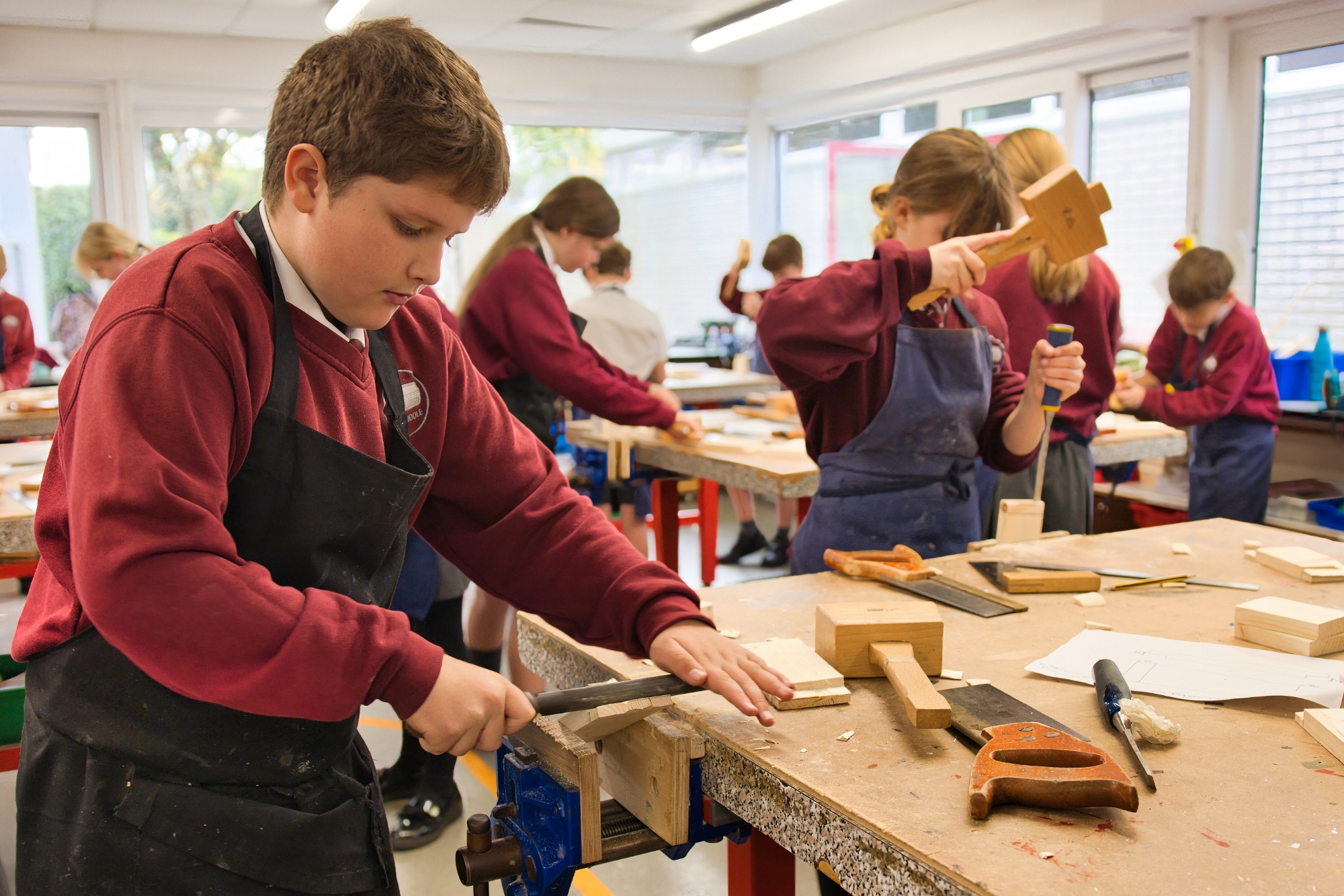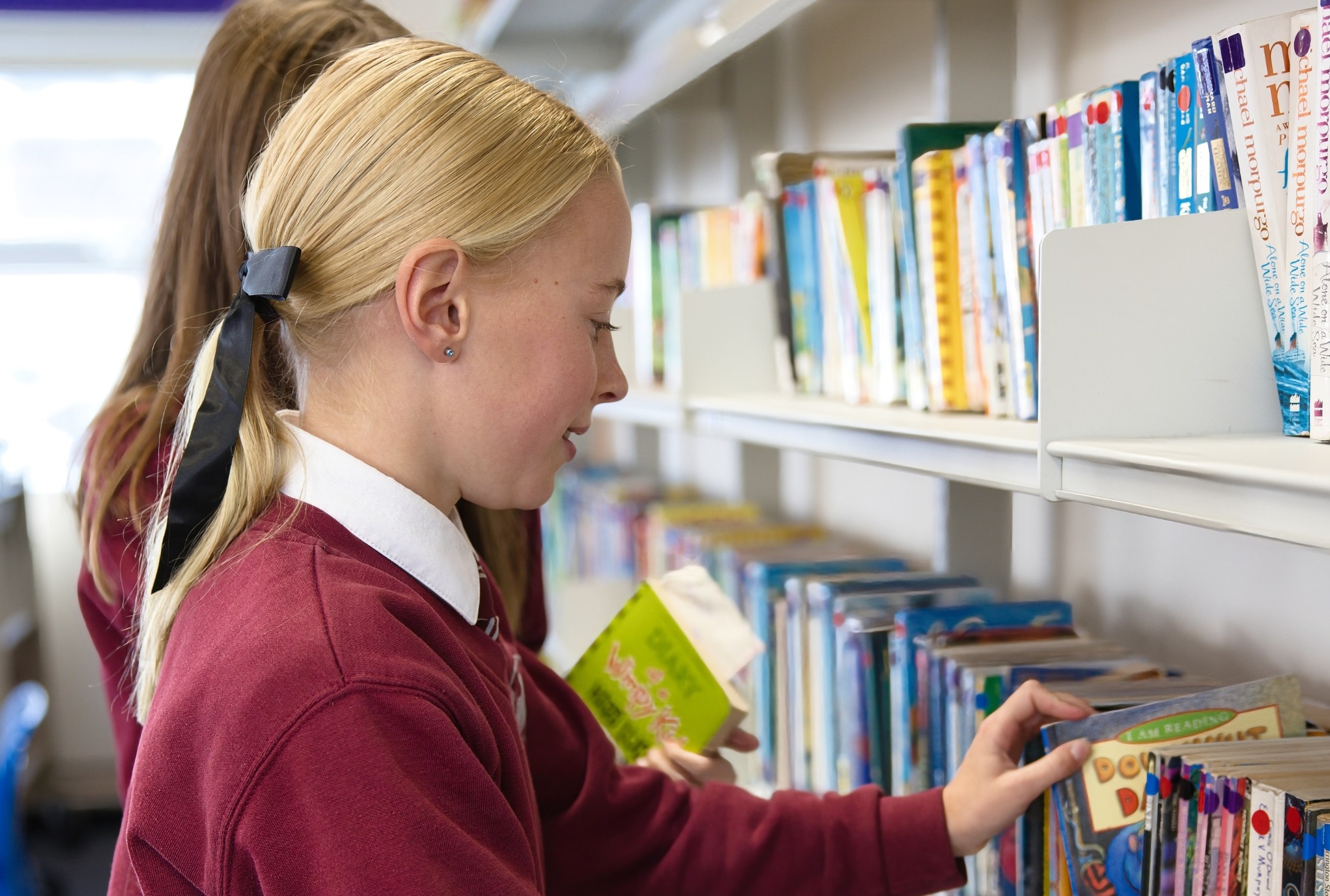Visual Timetables
Please click here for our Visual Timetables for 2024/2025
What is a visual timetable?
Visual timetables can be a valuable resource for helping children see what is going to happen over the course of a day/week. They can be really helpful for all children not just those with special educational needs.
How do visual timetables help children?
Visual timetables can help to provide structure, routine, encourage independence, prevent frustration, confusion and anxiety and build confidence.
Visual timetables are often used with children who are autistic as they help to reduce anxiety by providing a clear structure and expectation. They can also be helpful for children who have special educational needs that affect their ability to concentrate or organise themselves, such as attention deficit hyperactivity disorder (ADHD) or attention deficit disorder (ADD) and dyspraxia. Children who suffer from anxiety can also find them useful.
All children at Lockyer’s Middle School have a tutor timetable however, some prefer to use a visual timetable.
How are visual timetables used at Lockyer’s Middle School?
Timetables are commonly found in classrooms across all year groups for children to refer to.
Children who have special educational needs may have their own visual timetable to use at school. This will be personalised to their individual needs and updated by their teacher, teaching assistant (TA) or special educational needs coordinator (SENCO). For example, if they are going on a school trip, they may use a visual timetable specifically showing them key activities they will complete that day.
Do visual timetables change as children get older?
The style of timetable your child uses might change as they get older and become more familiar with their basic daily routines or as they become more organised. For example, your child might begin to feel more comfortable using their tutor group’s timetable.
What matters most is that whatever timetable is used that it helps to meet your child’s individual needs.
Using visual timetables at home
Many parents/carers find that visual timetables are a useful tool for home life. For example, you could make a timetable that shows the tasks your child has to do after school: get changed, have a snack, complete homework, dinner etc.
There are many different templates and ideas for making visual timetables on the internet.
This link: https://classroom.thenational.academy/lessons/creating-a-visual-timetable-6gup4c explains how to create a visual timetable working together with your child.



